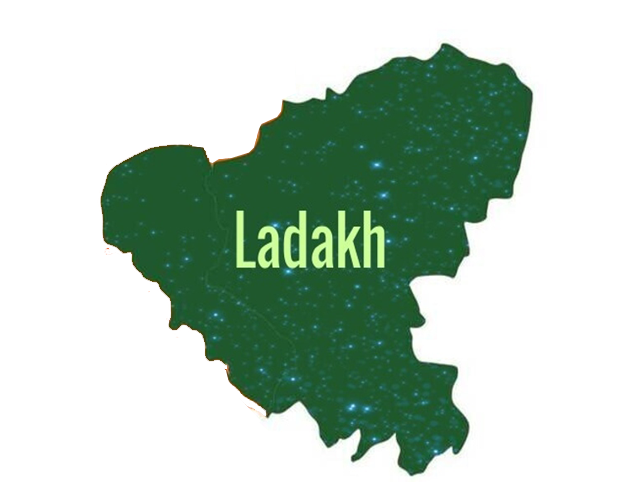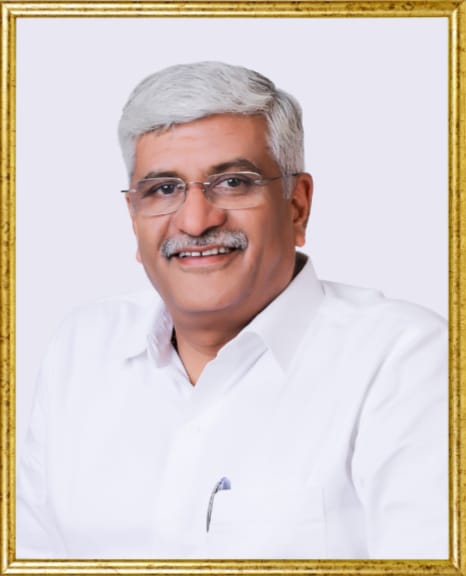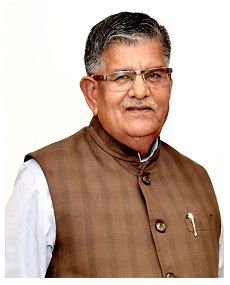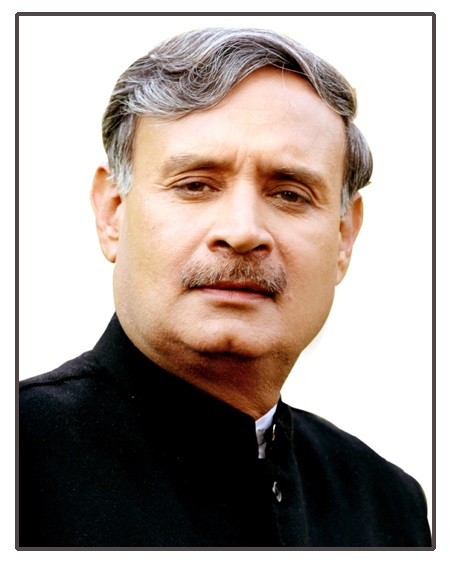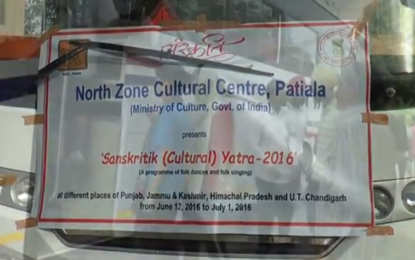Ladakh
Ladakh The Great Himalayas are an ethnic and cultural, as well as physical, divide. The portion of the Ladakh area (sometimes called “Little Tibet”) located in northeastern Jammu and Kashmir is thinly populated. To the east, around Leh, the inhabitants are predominantly Buddhists of Tibetan ancestry who speak a Tibeto-Burman language (Ladakhi). In the region around Kargil to the west, however, the population is predominantly Muslim, most belonging to the Shīʿite branch of Islam.
Cultivation in Ladakh is restricted to such main valleys as those of the Indus, Shyok, and Suru rivers, where it consists of small irrigated plots of barley, buckwheat, turnips, and mustard. Plants introduced in the 1970s by Indian researchers have given rise to orchards and vegetable fields. Pastoralism—notably yak herding—long has been a vital feature of the Ladakh economy; breeding of sheep, goats, and cattle has been encouraged. The Kashmir goat, which is raised in the region, provides cashmere for the production of fine textiles. Some Gujjar and Gaddi communities practice transhumance (seasonal migration of livestock) in the mountains. In addition to supplying pasture for the livestock, the mountains also are a source of many kinds of timber, a portion of which is exported.
Information
-
 FOLK ARTIST AND YOUNG ARTIST HONOUR AWARD 2024
FOLK ARTIST AND YOUNG ARTIST HONOUR AWARD 2024Oct 09, 2024 Comments Off on FOLK ARTIST AND YOUNG ARTIST HONOUR AWARD 2024
Events
-
 Hindi play “Mujhe Amrita Chahiye” on the...
Hindi play “Mujhe Amrita Chahiye” on the...Mar 24, 2025 Comments Off on Hindi play “Mujhe Amrita Chahiye” on the occasion of World Theatre Day on 27 March 2025
-
 North Zone Cultural Centre, Patiala, Ministry of Culture,...
North Zone Cultural Centre, Patiala, Ministry of Culture,...Feb 04, 2025 Comments Off on North Zone Cultural Centre, Patiala, Ministry of Culture, Government of India is organizing a two-day Drama Festival on 09 and 10 February 2025 at Kalidas Auditorium, Virsa Vihar Centre, Patiala. You all are cordially invited.
Videos
Follow us on Facebook
Follow us on Twitter
Related Links
Archives
- March 2025
- February 2025
- January 2025
- December 2024
- November 2024
- October 2024
- September 2024
- June 2024
- May 2024
- March 2024
- January 2024
- December 2023
- November 2023
- October 2023
- September 2023
- August 2023
- June 2023
- May 2023
- April 2023
- January 2023
- December 2022
- November 2022
- October 2022
- September 2022
- August 2022
- July 2022
- June 2022
- May 2022
- April 2022
- March 2022
- February 2022
- December 2021
- November 2021
- October 2021
- September 2021
- July 2021
- June 2021
- March 2021
- February 2021
- January 2021
- December 2020
- October 2020
- August 2020
- July 2020
- March 2020
- February 2020
- January 2020
- December 2019
- November 2019
- October 2019
- September 2019
- August 2019
- July 2019
- June 2019
- April 2019
- March 2019
- February 2019
- January 2019
- December 2018
- November 2018
- October 2018
- September 2018
- August 2018
- July 2018
- June 2018
- May 2018
- April 2018
- March 2018
- February 2018
- January 2018
- December 2017
- November 2017
- October 2017
- September 2017
- August 2017
- July 2017
- June 2017
- May 2017
- April 2017
- March 2017
- February 2017
- January 2017
- December 2016
- November 2016
- October 2016
- September 2016
- August 2016
- July 2016
- June 2016
- May 2016
- April 2016
- March 2016
- January 2016
- December 2015
- October 2015
- September 2015
- August 2015
- July 2015
- June 2015
- April 2015
- February 2015
- January 2015
- November 2014
- October 2014
- August 2014
- March 2014


